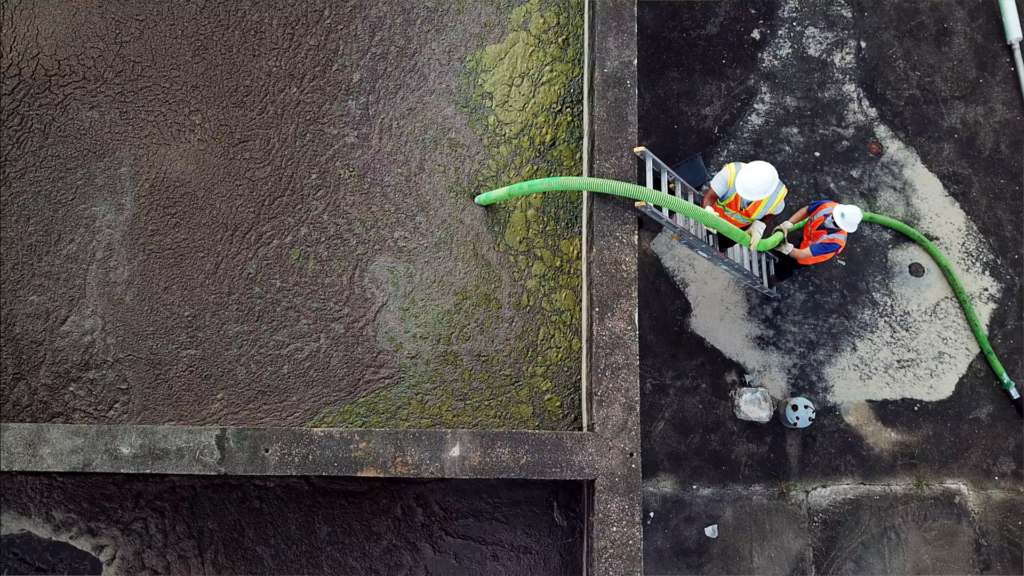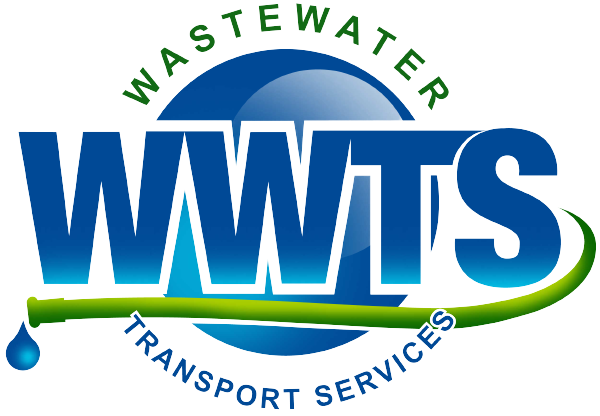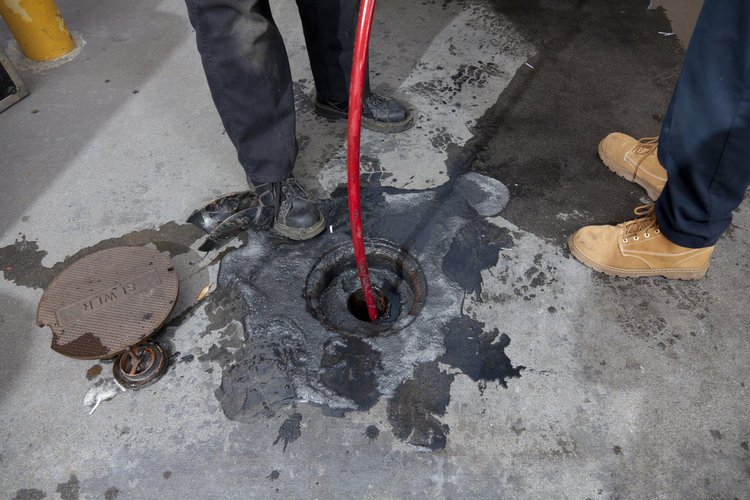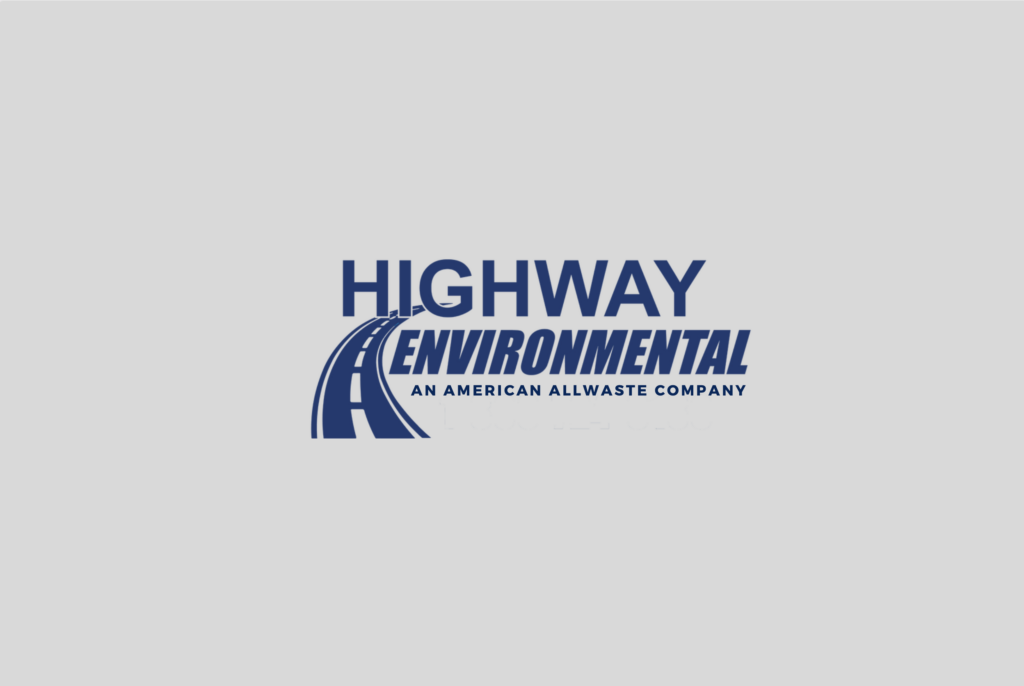Lift Station Cleaning
Why Lift Station Cleaning Matters
Wastewater is part of modern life, and most people don’t really want to know what happens after a flush. This is why we clean lift stations frequently so that your municipality or business can save on costly excavation and repair projects.
DO YOU NEED TO CLEAN LIFT STATIONS?
Yes! With all of a lift station’s moving parts, routine maintenance can ensure the proper operation of monitoring and alarm systems, pumps and everything else. Sewage material requires special handling. That’s why cleaning is necessary and why it’s a part of routine maintenance. Here are some reasons lift stations need cleaning.
- Minimizes the lift station’s impact on the environment and surrounding area is important to building a better community and future.
- Routine cleaning allows wastewater treatment to operate reliably, without interruption.
- Odor control is a must, because most people don’t want to know there’s a lift station nearby.
- Reduces the likelihood of overflowing and flooding.
- Supports the possibility of future expansion and increased capacity needs.
- Saves on resources, because repairs can be time consuming and cause major delays. If a pump needs to be repaired, you may have to hire a pumper truck to provide backup until the pump is back online.
HOW DO YOU KNOW A LIFT STATION NEEDS CLEANING?
Lift station cleaning should be thought of as one component of routine maintenance. If you’re performing daily meter readings and routine maintenance, you’ll know when that lift station is in need of cleaning. A general rule of thumb is to have a professional cleaning once a quarter. When you can see a layer of grease and sludge, the lift station is due for a cleaning. This grease and sludge can cause clogs and impair pump function. There’s also hydrogen sulfide trapped in the system that will eat away at the concrete if left unchecked.
WHAT HAPPENS DURING A LIFT STATION CLEANING?
Both a combo truck and a bobtail are typically dispatched for a cleaning. The combo truck does most of the hard work. The bobtail takes the wastewater from the combo truck so that it can remain on site and complete the lift station cleaning while the bobtail transports the collected wastewater to the disposal facility. This team approach makes the work more efficient and reduces the amount of time the lift station has to be down.
The combo truck backs up to the lift station.
Skimming, which is just cleaning the layer of gunk that is sitting on the surface.
Taking the lift station apart to clean the floats, the rails, the walls, and the pumps.
The combo truck will take up all of the liquid, sludge, sand and grit from the lift station.
If your municipal lift station is in need of a thorough cleaning, you now know that you can call on us. We work efficiently so that you can keep your systems running at peak performance. And so that your customers can continue not thinking about what happens to their sewage.
Related Content
Happy With Customers & Clients

Projects Completed
Work Employed
Work facilities
Not sure where to start? Talk to someone who wants to listen.
A great plan starts with conversation. Let's talk about what you need.








